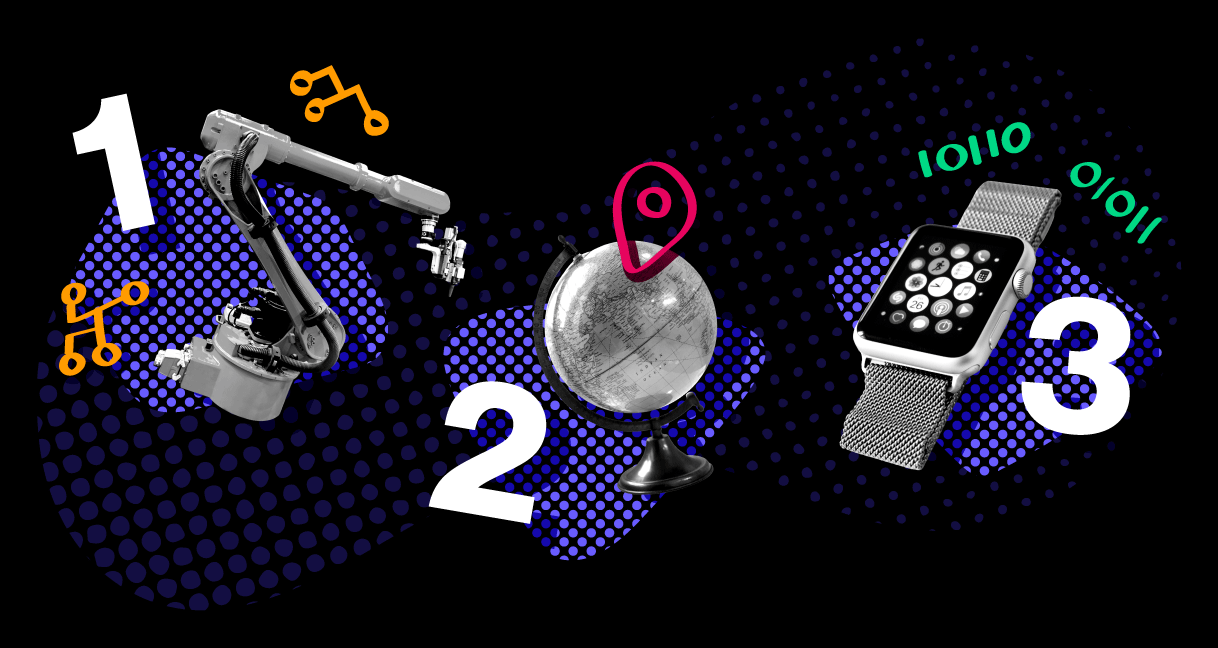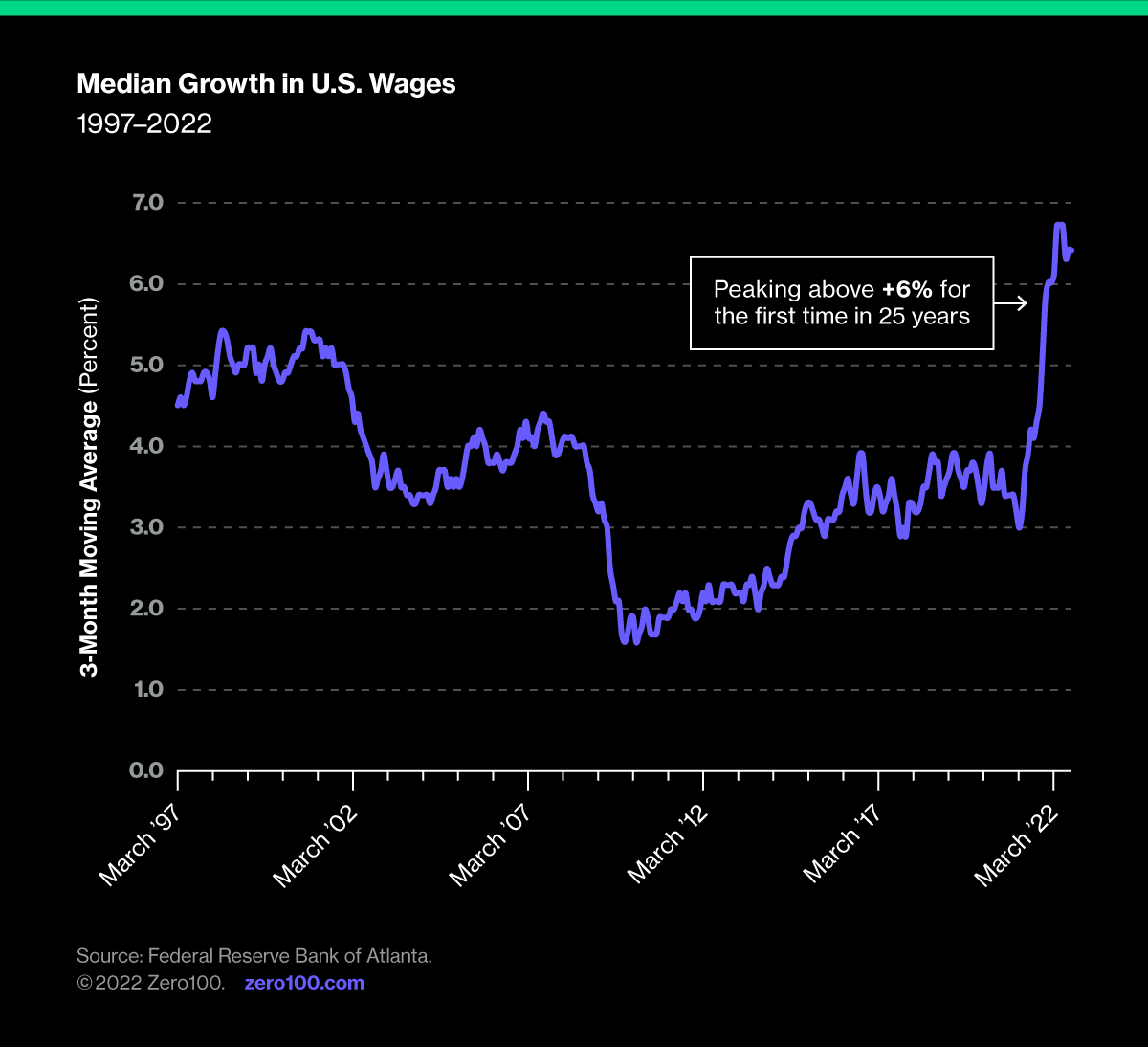
Inflation Fizzles: Three Supply Chain Trends That Will Ease Cost Pressure
While automation, regionalization, and digitization are slow coming and are not likely to influence monetary policy much now, supply chain strategists everywhere are developing them to build resilience.
Last month's relatively docile CPI numbers look set to finally allow the Fed to enjoy some holiday cheer. Annualized US inflation dropped to 7.1% amid somewhat lower energy costs. The war in Ukraine is still on, and yet, prices at the pump are down, and house prices are falling under the weight of higher mortgage rates. So, are we all good?
Maybe not so fast. The Employment Cost Index is now at 5% annualized and the Atlanta Fed's wages tracker shows a 6.5% hourly labor cost increase. Press surrounding workforce dropouts, unionization drives, and stubbornly low unemployment suggest rising wage-demands are still a problem.

These conflicting signals could indicate the first green shoots of a supply chain shift that will defang inflation in coming years.
Automation Takes the Edge off Labor Costs
Robots were always supposed to crack the labor problem in operations, but it has proven slower to adopt than early cheerleaders had hoped. And yet, right now with employees harder to find and the cost of robots falling fast, more operations leaders are looking to automate work in factories, warehouses, and retail storefronts.
Most are finding that simply swapping machines for people is not just a matter of an acceptable return-on-investment. Redesigning workflows and upskilling those workers who remain helps get the most out of automation in production (Stanley Black & Decker), materials handling (Amazon) and self-checkout (Kroger).
The savings aren't just about simple headcount reduction so much as building flexibility into the labor/capital tradeoff so that you're not stuck swallowing higher wages. Instead, you can design automation to get your money's worth on higher paid, more career-oriented people. This is the lesson learned by banks when ATMs were supposed to eliminate teller jobs. Just the opposite occurred: more people, doing more valuable work (selling loans, credit cards, and investment services). Labor cost pressure is only a problem when employers have no choice but to pay up. Automation gives you choice.
Regionalization Takes the Edge Off Transport Costs
Decamping from Chinese manufacturing is all the rage now, but the bigger underlying trend is shifting away from lowest cost global supply chains to regional supply chains producing closer to customers. Just like automation, this trend takes time, so early moves to sponsor manufacturing in the US (Intel, Apple, Caterpillar, Ford) aren't about to kill off inflation. And yet, evidence of regionalization can already be seen in inventory buffers built in response to COVID lockdowns in China and other supply chain "disruptions" over the past two years.
Logistics capacity has been super volatile for the past three years, and labor problems including strikes (US railroads, west coast ports), perennial "truck driver shortages", and lack of workers at warehouses have left many with transportation PTSD. Confidence in long, lean supply chains all the way back to Shenzhen is basically gone. Making products closer to customers means much less exposure to high diesel prices, extortionate container shipping costs, and emergency airfreight bills.
Digitization Takes the Edge Off of Materials Costs
The biggest thing happening in supply chain strategy may be the carbon-led push to dematerialize products with ever more embedded software, content, design, or any other type of digitizable value add. This is very much a long-term trend with "smarter" products from electronics (Apple Watch) to white goods (Samsung) to cars (Tesla) all able to deliver customer value (and sometimes charge for it) over the cloud. It's a sustainability story because you're shipping bits instead of atoms, which is much lower carbon, but it's also an inflation story because it's also a zero marginal cost shipment.
The logic also applies work-in-process where additive manufacturing (Invisalign), custom formulation (Prose), and print-on-demand (HP) all offer a premium, personalized product based mainly on digitized IP. Lose the scrap, shipping, and handling altogether and you'll certainly take the edge off materials costs.
Don't Hold Your Breath
Each of these three trends is slow coming and not likely to influence monetary policy much now. And yet, supply chain strategists everywhere are working on these things as part of the push to build resilience. It's a very different model from the low-cost labor dependent strategies that got us into this mess, and it won't be very susceptible to inflation.